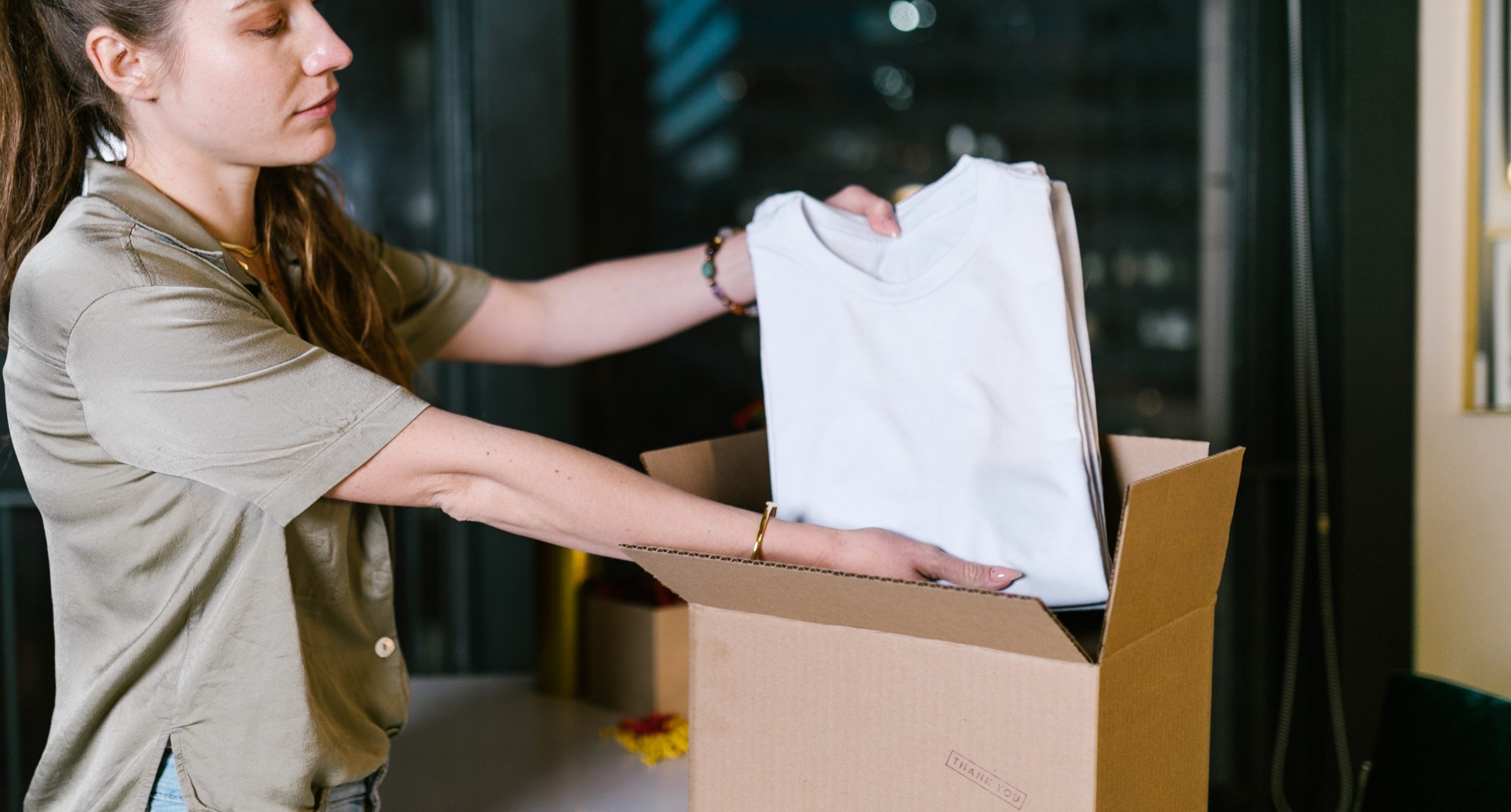The technical evolution has bred a need for consistent change, and the main aim behind innovation is to provide actionable solutions that simply perform. Businesses in the retail and e-commerce sectors will have seen a major shift in consumer sentiment and the sheer number of people now turning to online services to make purchases. This has changed the logistics landscape for many. There are a host of steps involved when ensuring that products from your inventory or the factory floor are handled correctly all the way to the loading dock. One of the top ways to improve processes is automated packaging – and these systems are streamlining logistics from the ground up.
Packaging’s role in online retail logistics
Automated packaging systems are revolutionizing the logistics sector by enhancing efficiency, reducing errors, and accelerating order fulfillment. With advancements in Logistics Software Development, these systems integrate seamlessly with inventory management and shipping processes, ensuring a more streamlined supply chain.
In online retail spaces, logistics covers everything from storage to packing and shipping. While packaging is technically the middle step of a logistics plan, it has some significant bearing on overall functionality and is often the largest part of the process. Once staff have collected orders, there will be a dedicated space for weighing, boxing, filling, taping, labelling and sending orders to the right area ready to be sent out. For some businesses, this requires quite a few members of staff and sometimes as many as 15 packaging stations.
If packing processes are streamlined, businesses will be better able to manage storage and ship more products out to consumers more frequently, but simply making things faster isn’t going to be enough in the modern environment. This is where automated packaging systems from Sparck Technologies are transforming the logistics sector and tackling the intrinsics of running a successful online retail or e-commerce business.
What are automated packaging systems?
Sparck Technologies has developed both CVP Impack and CVP Everest, two automated packaging machines that have the ability to pack 500 and 1,100 packages an hour, respectively. Using intelligent software, orders will be scanned in three seconds to determine specific boxing dimensions for size and weight, taking into account small and large packages as well as soft and hard products, in order to determine the best parameters for safe shipping. Orders will then go through an inline packaging process that minimises the need for human input, negates the potential for packaging mistakes and overall increases output. As packages are made to fit, there will be a reduction in packaging waste and void fill, so there are both cost savings and eco benefits to consider, too.
Is automated packaging the way forward for online retailers?
Online retail has exploded over the last few years, and the industry is ever-growing. Many businesses are scaling at an exponential rate and are in need of cheap and fast solutions that can be trusted to take care of an array of processes across the business landscape. If you’re considering automation in other areas of your company, such as AI chatbots, why stop there when larger aspects can be streamlined for a myriad of benefits that will not only improve factors like budgeting and consumer sentiment, but also help you stay ahead of the competition?

